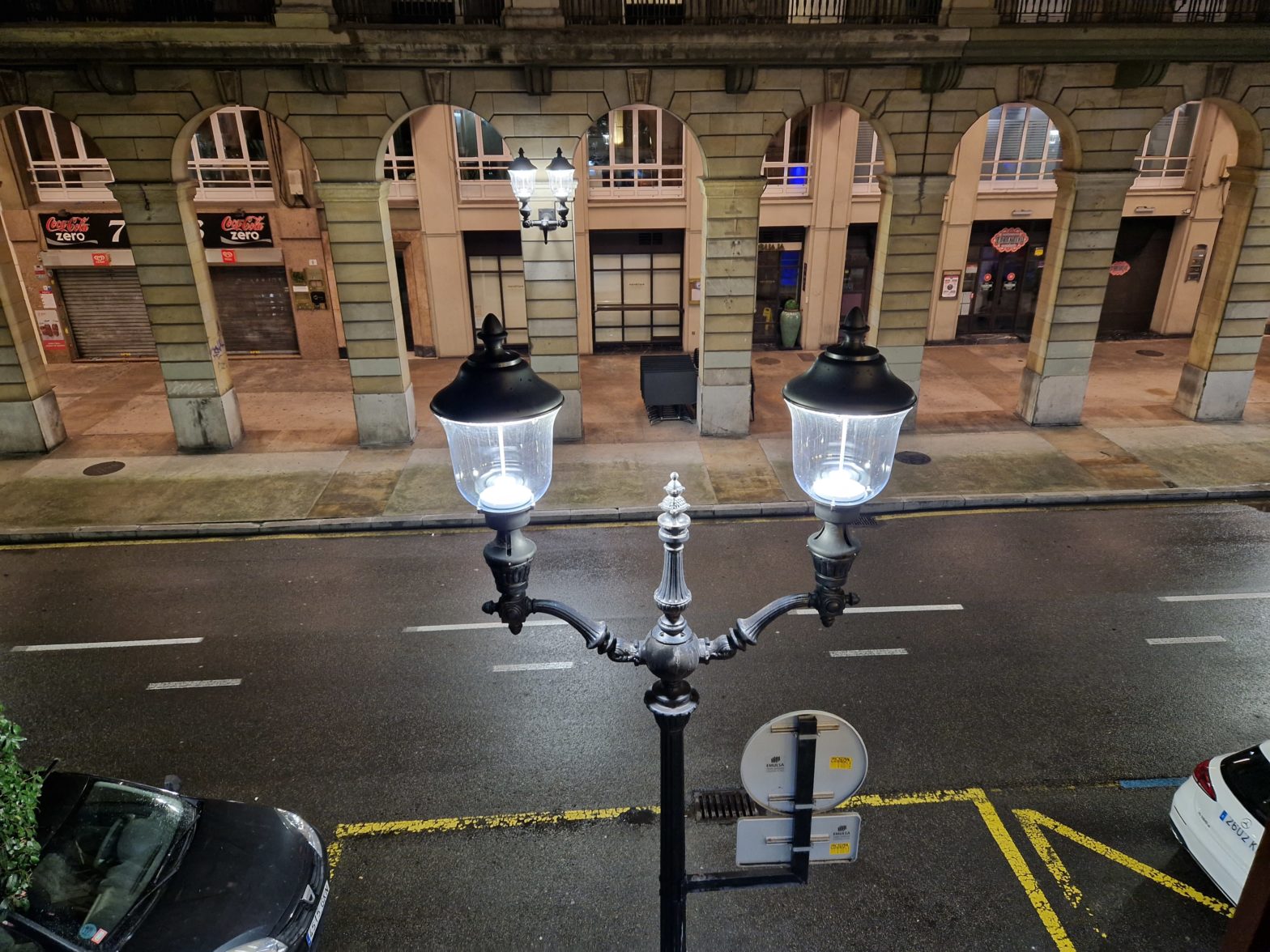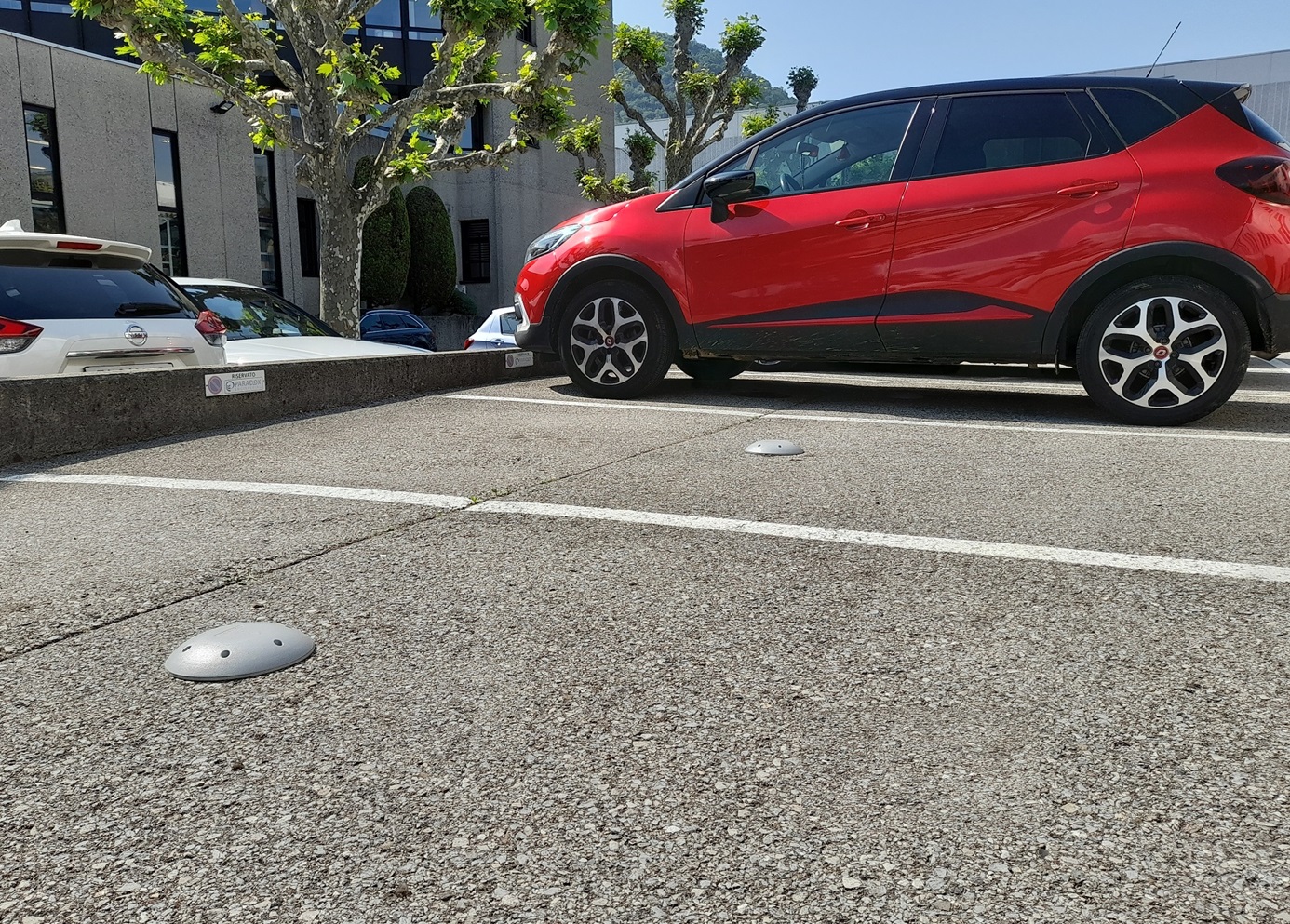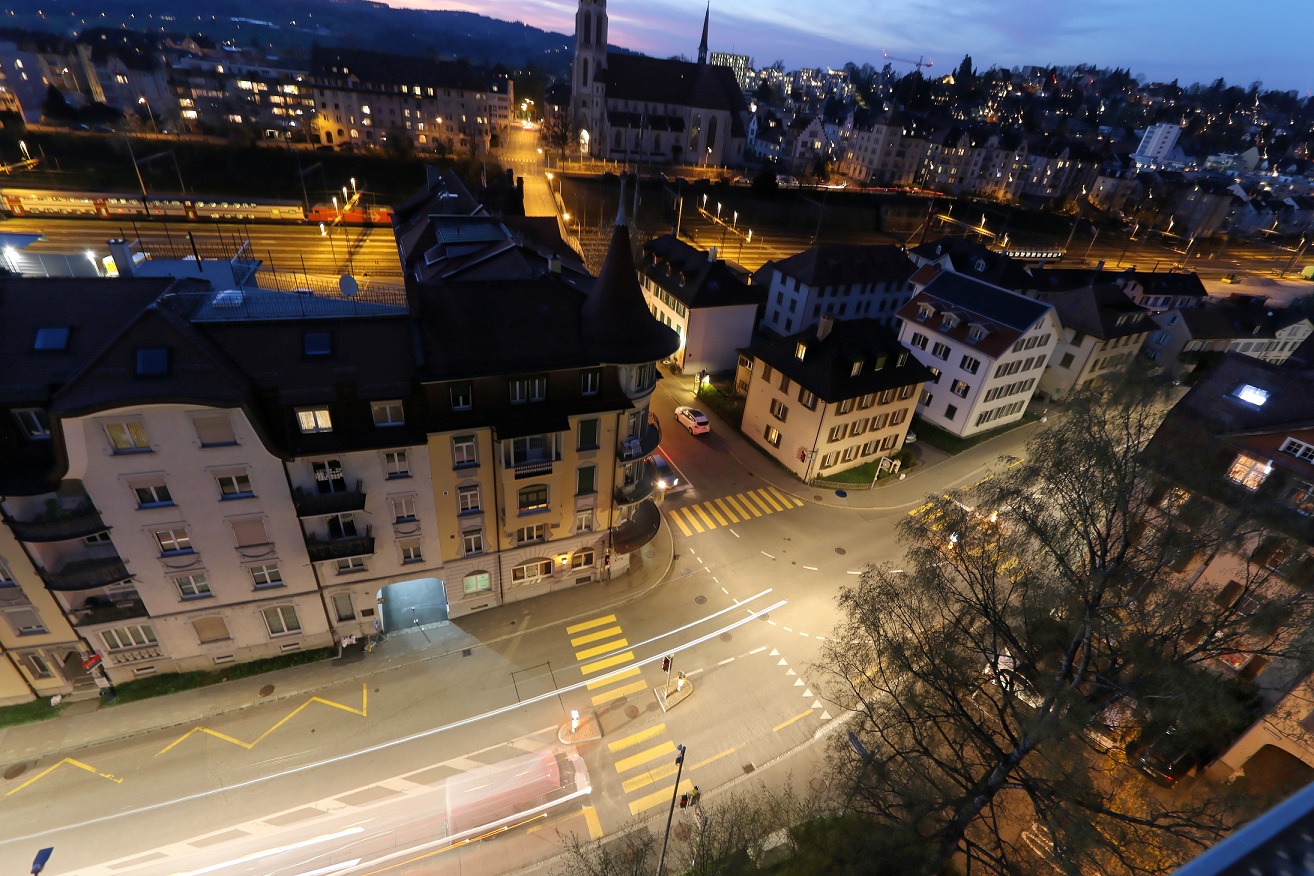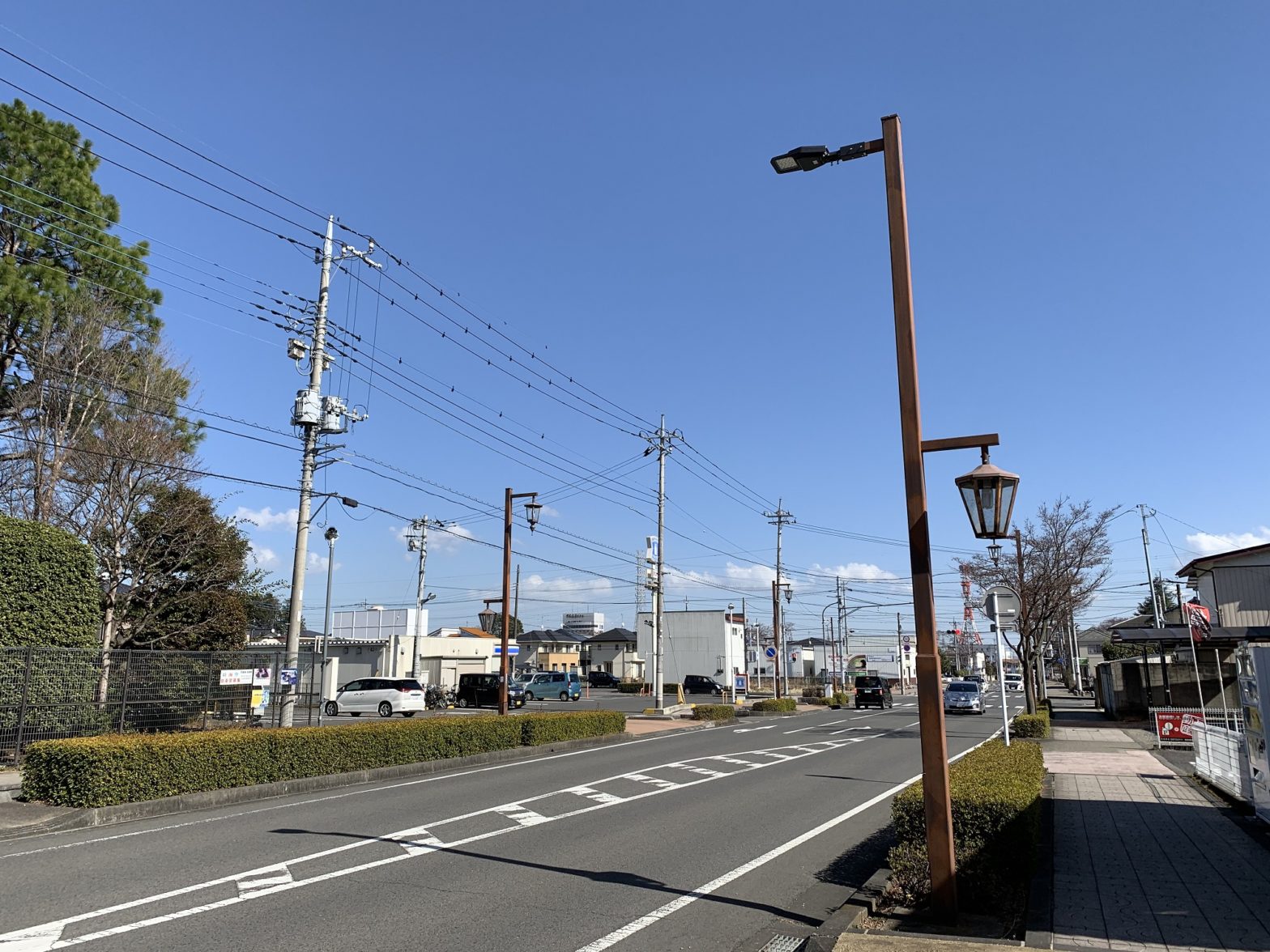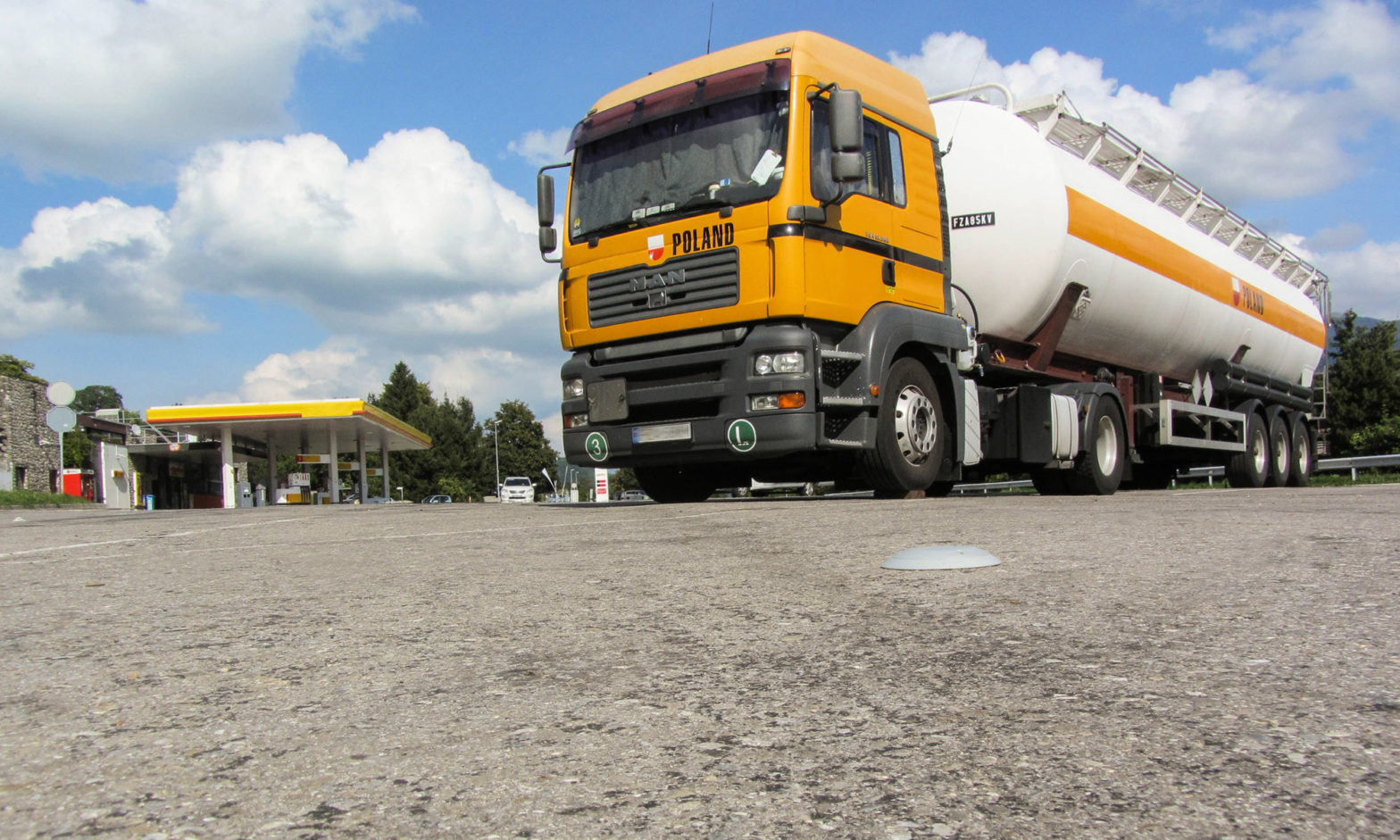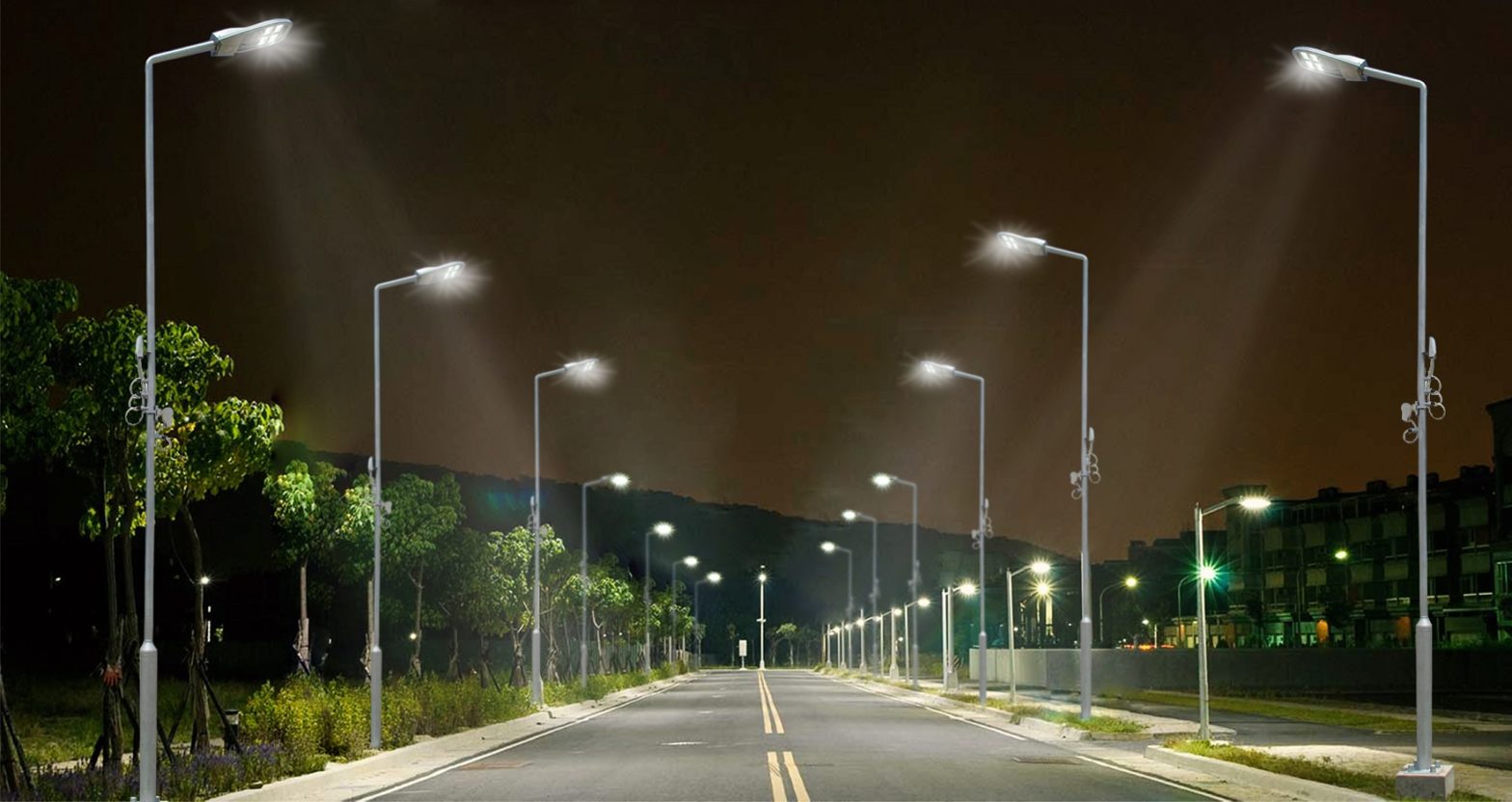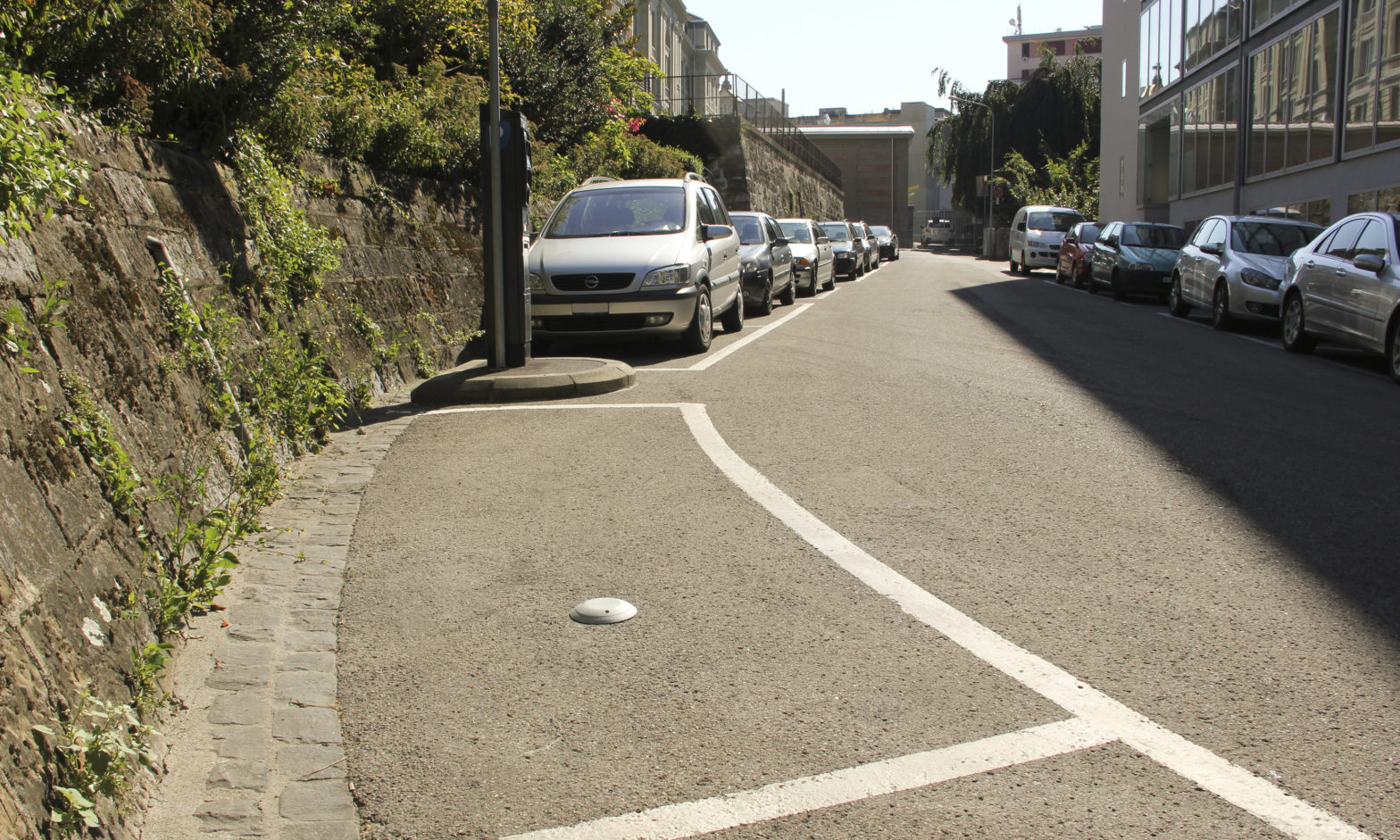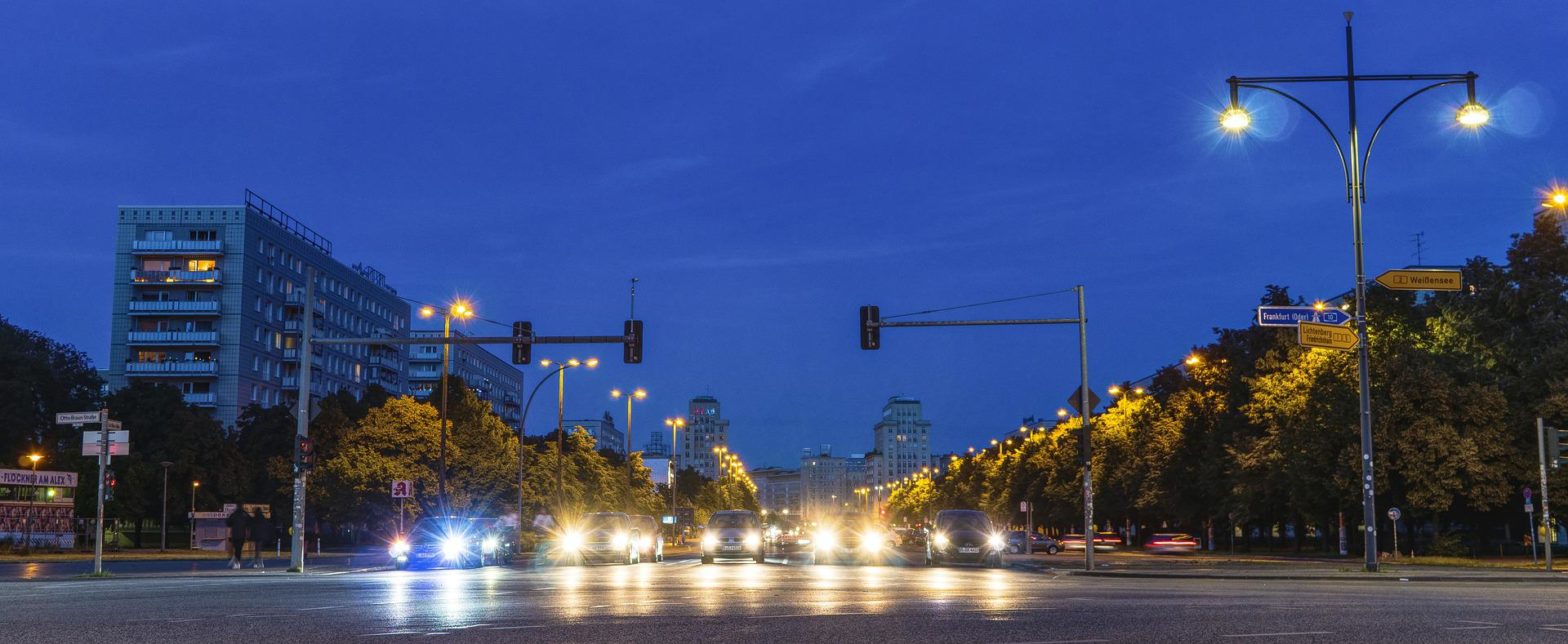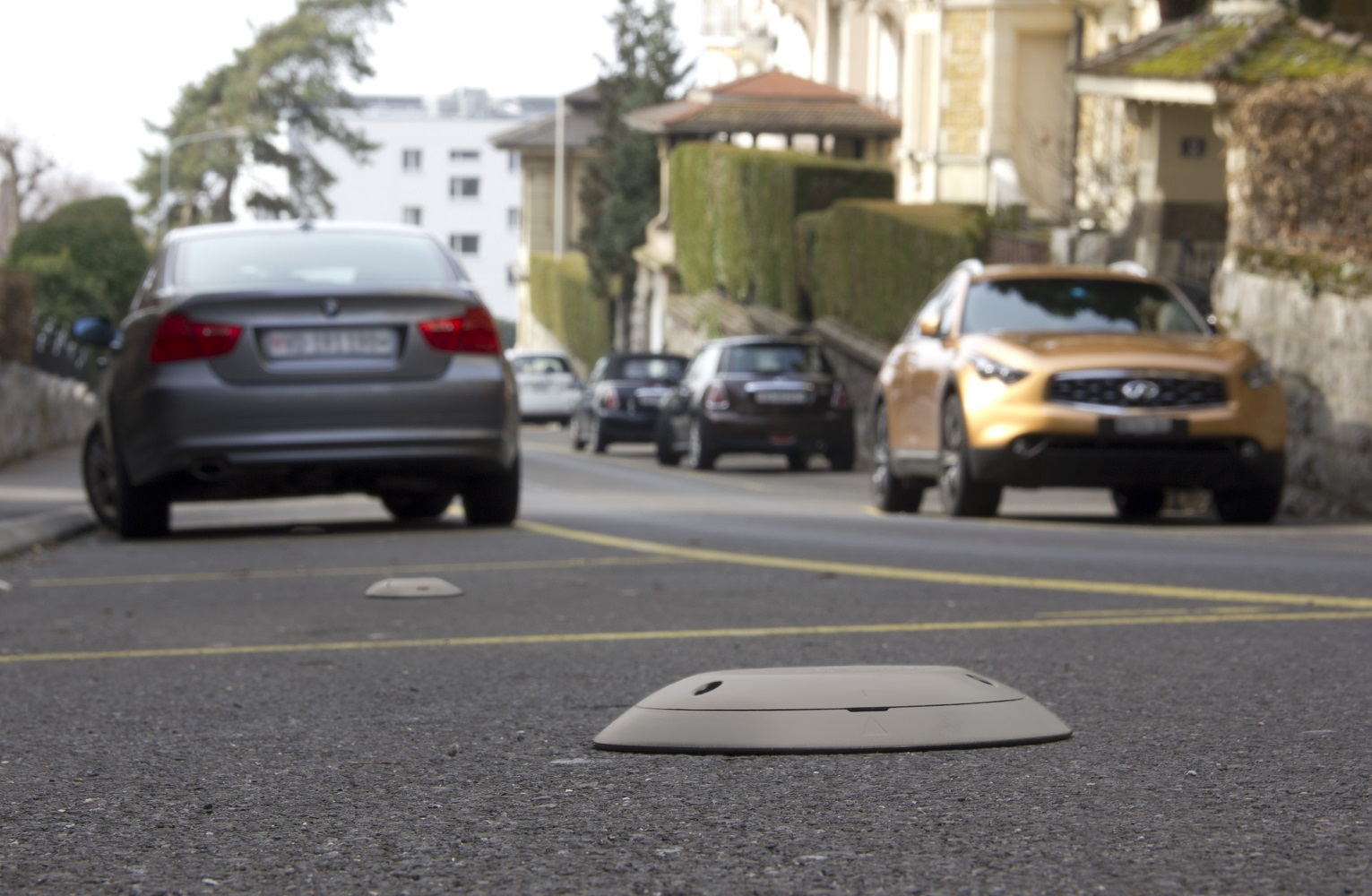
Photo: City of Las Condes
Las Condes to launch city ‘brain’ for sensor data
25 November 2022
Las Condes in Chile is planning to launch what Mayor Daniela Peñaloza Ramos called a ‘brain’ for data from around 20,000 sensors and cameras.
The urban monitoring centre will be the first of its type in Chile and the mayor hopes it can serve as a demonstration that can be scaled across the country.
The platform will bring together data from silos such as transport, security and the environment to enable better decision-making by the municipality and residents.
The project is the culmination of ongoing work by the city to use the Internet of Things (IoT) to improve quality of life in Las Condes, which is located in the Santiago Metropolitan Region. The city has around 300,000 residents as well as a significant ‘floating’ population who study and work there.
For Mayor Peñaloza, the goal is to further enhance public services.
“The main point is to develop public policy based on data and to be able to analyse all that data,” commented Peñaloza. “For us, a smart city is not about gadgets; it’s a strategy and of course, it’s always evolving.”
Foundations
This journey started back in 2018 when Las Condes upgraded most of its streetlights with energy-efficient LED lamps, and implemented a wireless IoT network from Paradox Engineering to manage and control public applications.
As well as smart controls to give the city greater flexibility over lighting, the network also provided the foundations for Las Condes to ‘sensorise’ the city.
This began with traffic sensors and cameras which were added to better manage congestion, followed by environmental sensors. The latter is particularly important now given the prolonged drought in Chile. Las Condes is using sensors for remote irrigation management and fast detection of water leaks.
“There’s no space to waste clean water,” said Peñaloza.
Security
Security is also a priority in Las Condes’ smart city strategy because it’s one of the main concerns for residents, Peñaloza said. She explained that the prevention of crime and people’s perception of security are both important.
The city now has around 19,000 sensors, including lighting nodes, parking sensors and environmental sensors, as well as 1,900 video surveillance cameras.
Analytics software is used on camera data to detect 51 movements that could indicate different types of crime. These ‘early alerts’ could flag up fighting or an unexpected crowd gathering, for example, or someone crossing the street multiple times which could be a sign of suspicious behaviour. Some criminals are also posing as delivery drivers. Analytics can detect when someone with a delivery bag takes longer than usual to deposit a package.
The city can’t legally take direct action but shares information with the police to facilitate their work, Peñaloza said.
She acknowledged there were some initial concerns from residents about issues such as privacy but noted that the cameras are only in public spaces and said that over time, people “understood that this is maybe the only way that we have to provide a safe, secure city.”
In Chile, state police have primary responsibility for public security, but communities look to their mayors for support.
“Technology is the best tool that we have,” Peñaloza commented.
Engagement
The mayor is looking forward to the central platform supporting better decisions related to transport, security, waste and more.
She also hopes that eventually it can underpin better two-way communication with residents.
“We dream of a Las Condes application where people can have in their hands, on any type of device, all the information that they need to live in a better way in Las Condes,” Peñaloza said.
With such an app: “You can be connected to people by not only giving information but also receiving information from them.”
This approach, she believes, gives communities greater ownership of the city and means they will in turn take good care of it.



